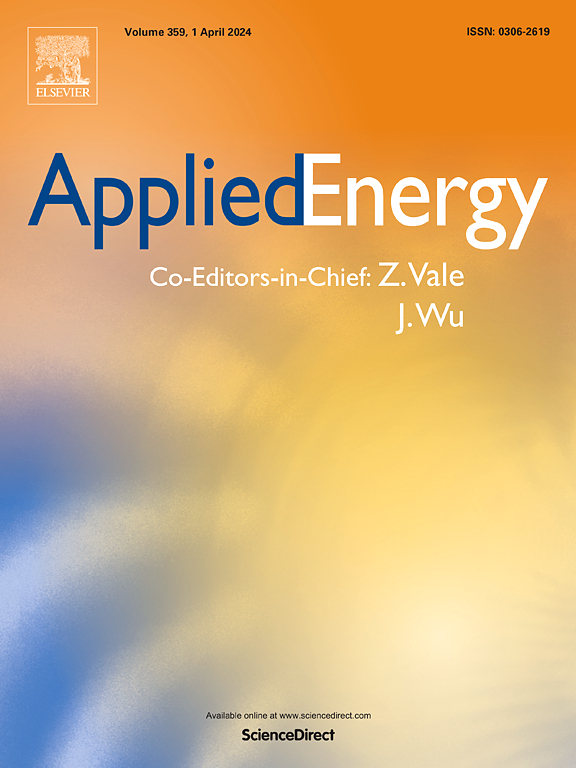Resilient mobile energy storage resources-based microgrid formation considering power-transportation-information network interdependencies
IF 10.1
1区 工程技术
Q1 ENERGY & FUELS
引用次数: 0
Abstract
The advancement of smart city technologies has deepened the interactions among power, transportation, and information networks (PTINs). Current mobile energy storage resource (MESR) based power distribution network (PDN) restoration schemes often overlook the interdependencies among PTINs, thus hindering efficient load restoration. This paper outlines the key interacting factors within PTINs, including power supply demand, traffic efficiency, communication coverage, electric vehicle (EV) deployment capability, and PDN controllability. We further develop a PTIN-interacting model to demonstrate the ‘chained recovery effect’ in MESR-based restoration. Building on this, we propose a rolling optimization load restoration scheme utilizing EVs, mobile energy storage systems (MESSs), and unmanned aerial vehicles (UAVs), to restore the power supply to loads. The algorithm optimizes the load restoration schemes by evaluating the criticality of power loads, transportation, and communication nodes and their interdependencies. It further dynamically recalculates subsequent restoration schemes based on the varying states of PTINs during extreme events and the recovery impacts of prior operations on the PTINs, using a rolling horizon. This approach adapts to changing conditions, improving load restoration, enhancing the solution’s adaptability to uncertainties during the restoration process, and increasing its practicality. Additionally, a PTIN-integrated co-simulation platform is developed to verify the effectiveness of the restoration methods. Case studies conducted on the platform show significant improvements in both the restored load capacity and restoration speed of the proposed scheme.
求助全文
约1分钟内获得全文
求助全文
来源期刊

Applied Energy
工程技术-工程:化工
CiteScore
21.20
自引率
10.70%
发文量
1830
审稿时长
41 days
期刊介绍:
Applied Energy serves as a platform for sharing innovations, research, development, and demonstrations in energy conversion, conservation, and sustainable energy systems. The journal covers topics such as optimal energy resource use, environmental pollutant mitigation, and energy process analysis. It welcomes original papers, review articles, technical notes, and letters to the editor. Authors are encouraged to submit manuscripts that bridge the gap between research, development, and implementation. The journal addresses a wide spectrum of topics, including fossil and renewable energy technologies, energy economics, and environmental impacts. Applied Energy also explores modeling and forecasting, conservation strategies, and the social and economic implications of energy policies, including climate change mitigation. It is complemented by the open-access journal Advances in Applied Energy.
 求助内容:
求助内容: 应助结果提醒方式:
应助结果提醒方式:


